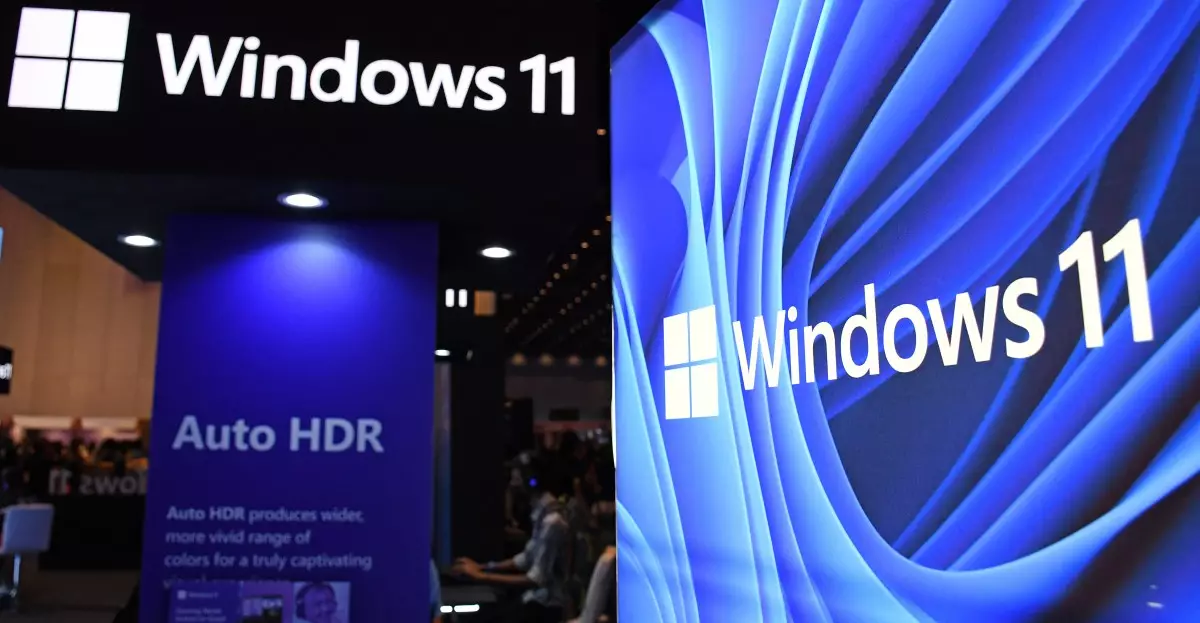In the world of technology, blame often shifts swiftly when problems arise. Recently, speculation has surged that Windows 11 security updates—specifically KB5063878 and KB5062660—are responsible for causing SSD failures, especially those with Phison controllers. The narrative popularized by enthusiastic content creators and social media influencers painted Microsoft as the villain, suggesting its patches inadvertently destabilize hardware. However, is this blame justified, or is it a superficial scapegoat to divert attention from underlying issues?
Microsoft’s official stance, claiming they found “no connection” between the updates and the crashes, seems somewhat dismissive in the face of mounting community reports. Yet, a deeper investigation reveals that the problem may originate elsewhere — in firmware and BIOS compatibility, rather than in the Windows updates themselves. It appears the narrative has been hastily constructed without thorough causality, echoing a common tendency to oversimplify complex hardware-software interactions.
The Role of Firmware and BIOS: The Hidden Culprits
Phison’s investigations shed significant light on the real causes behind these SSD failures. According to Michael Wu, the president of Phison US, the issues are linked primarily to “early versions of firmware and BIOS,” which users may unknowingly operate on outdated or non-final firmware releases. These versions, often used in pre-release hardware testing or enthusiast builds, are not representative of the stable firmware supplied to consumers.
This highlights a larger systemic problem: hardware reliability hinges not solely on the operating system, but on a delicate ecosystem of firmware, BIOS, and driver compatibility. When users skip firmware updates or run hardware on early or unstable firmware versions, conflicts are almost inevitable—regardless of whether Windows has rolled out updates or not. Instead of blaming Microsoft for the failures, perhaps the focus should shift toward responsible firmware management and robust hardware design. It’s a reminder that stability is a shared responsibility between manufacturers, software providers, and users.
Community Hysteria Versus Technical Reality
Social media platforms have amplified the blame on Windows updates, especially with influencers like JayzTwoCents showcasing failures on YouTube. While anecdotal evidence is compelling, it often leads to distorted perceptions. It’s crucial to distinguish between problems originating from beta or engineering preview firmware—used by enthusiasts and reviewers for testing—and those affecting the general consumer population.
Phison’s ability to replicate issues only on preview firmware underscores the importance of deploying finalized, thoroughly tested firmware in consumer SSDs. The community’s alarmist reactions, while understandable, may be driven more by fear of system instability than by actual widespread hardware failures. It’s equally important to consider that many SSDs remain unaffected because they operate on stable firmware versions, and that hardware failures are multifaceted phenomena—not solely and directly caused by Windows patches.
Should We Blame Or Learn?
The ongoing debate underscores a broader need for transparency and accountability in the tech industry. Instead of rushing to assign blame—be it to Microsoft, SSD manufacturers, or firmware developers—stakeholders need to foster a culture of cooperation and thorough investigation. Windows updates are meant to improve security and stability; failures or issues that arise should be carefully analyzed, not scapegoated.
Furthermore, manufacturers must prioritize firmware integrity and testing before deployment, ensuring end users are shielded from elusive bugs and incompatibilities. Ultimately, the narrative should shift from blame to understanding and proactive solutions, empowering consumers to manage their hardware environments responsibly. Only then can the tech ecosystem achieve true resilience and trust.


Leave a Reply